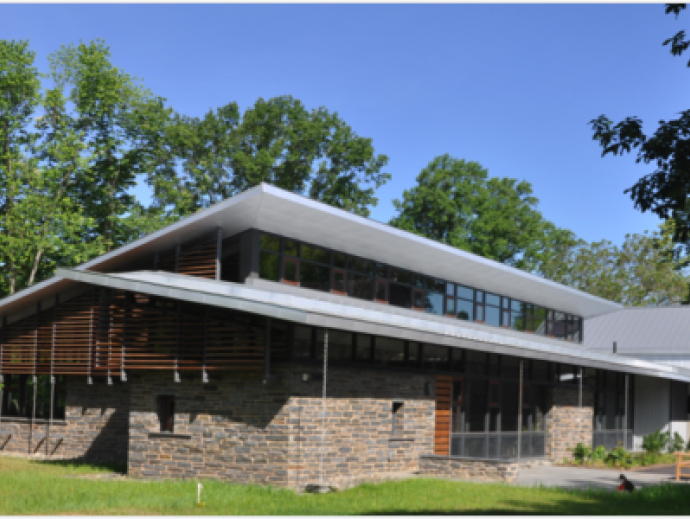HUP, New Bolton, Morris Arboretum Take Steps Towards Measuring Carbon Footprint

Going forward, the Sustainability Office will continue to track greenhouse emissions from Penn’s core campus, and will add emissions reporting from Hospital of the University of Pennsylvania (HUP), the Morris Arboretum, the New Bolton Center, and the University’s leased space and real estate portfolio.
HUP, New Bolton, Morris Arboretum Take Steps Towards Measuring Carbon Footprint
Going forward, the Sustainability Office will continue to track greenhouse emissions from Penn’s core campus, and will add emissions reporting from Hospital of the University of Pennsylvania (HUP), the Morris Arboretum, the New Bolton Center, and the University’s leased space and real estate portfolio.

One of the most ambitious elements of Penn’s Climate Action Plan 2.0 is the expansion of the Plan’s geography to more fully reflect the entirety of the University’s built assets. Going forward, the Sustainability Office will continue to track greenhouse emissions from Penn’s core campus, and will add emissions reporting from Hospital of the University of Pennsylvania (HUP), the Morris Arboretum, the New Bolton Center, and the University’s leased space and real estate portfolio.
These institutions have already made significant strides to reduce their environmental impact, with a robust variety of initiatives related to energy conservation, ecological services, and sustainability. For example, active management of the landscape and stormwater are features of the operational plans at both the Morris Arboretum’s 92-acre campus and the New Bolton Center’s 600-acre veterinary center. HUP is embarking on an ambitious plan to relocate its clinical spaces to the east side of 34th Street in a state-of-the-art new patient care center, designed to the highest standards of environmental performance.
The additional emissions monitoring and reporting will assist these institutions in benchmarking performance and will allow for the use of quantitative data in the creation of their plans for improved environmental stewardship.
The T.C. Chan Center for Building and Energy Studies, the faculty-led research group in Penn’s School of Design that completed the initial greenhouse gas inventory for Penn’s West Philadelphia campus in 2005, has been engaged to inventory and calculate the carbon footprint of HUP, Morris Arboretum, and New Bolton Center. Since the launch of the 2009 Climate Action Plan, the Chan Center has consulted on a variety of energy efficiency projects for the University, including the creation of the Penn Carbon Calculator.
The inventory process started at the new locations this summer, with the T.C. Chan Center staff gathering data on utility use, waste management emissions, site operations, and other relevant practices. This information will provide a baseline against which actions launched in the next five years will be measured.
“We are excited about the prospect of adding these various important components of the University that were not part of the initial Climate Action Plan, and about the obvious benefits that will result from having a fuller and more nuanced depiction of Penn’s entire carbon footprint,” said University Architect David Hollenberg. “As an added benefit, these new additions have significant potential to enrich the reach and substance of the Academics goals in the Climate Action Plan 2.0, given the linkages they each offer to a broad range of new academic and research topics.”